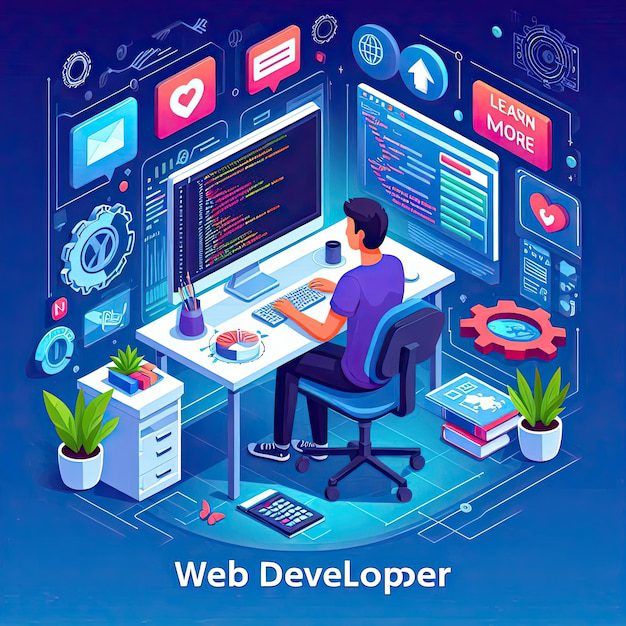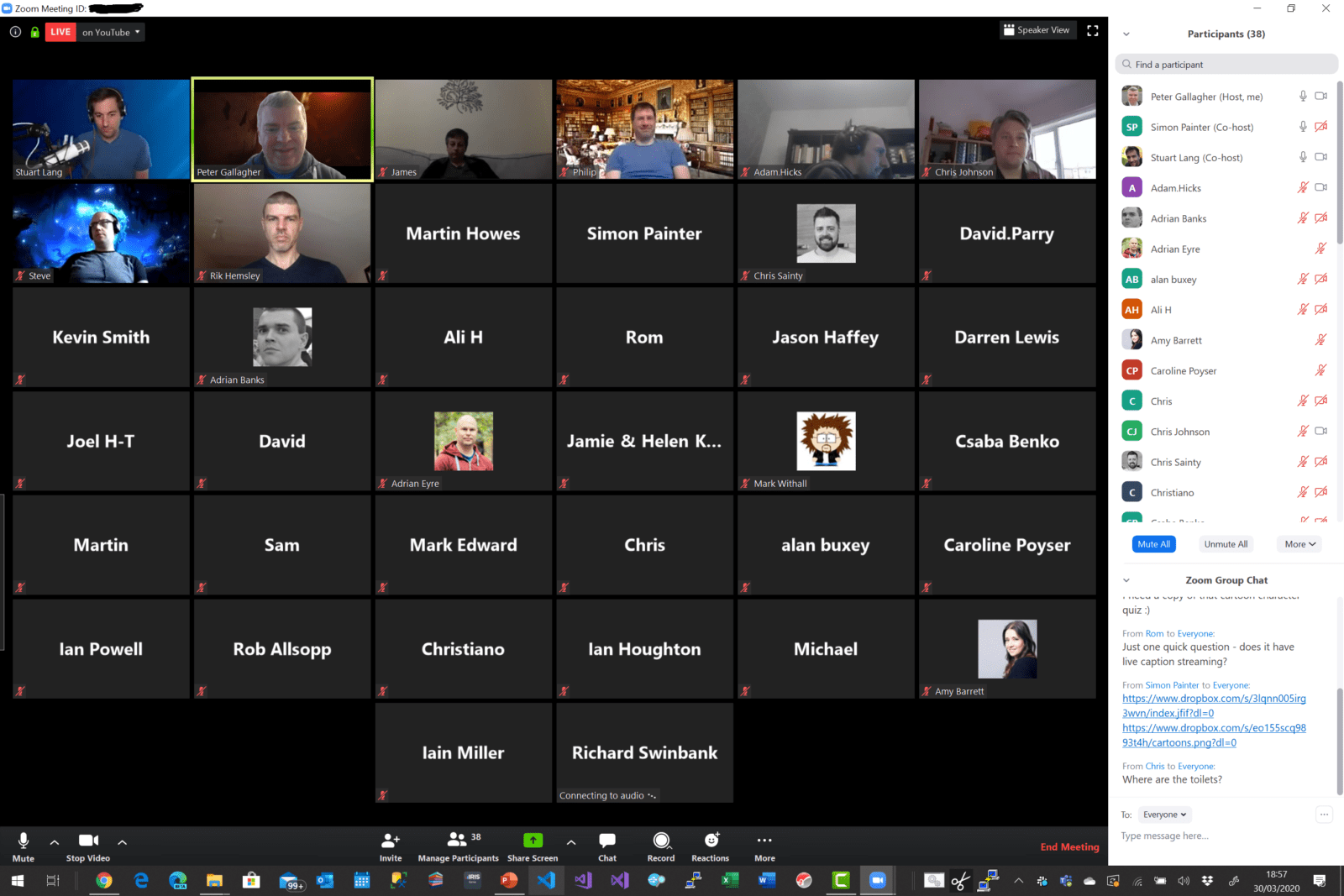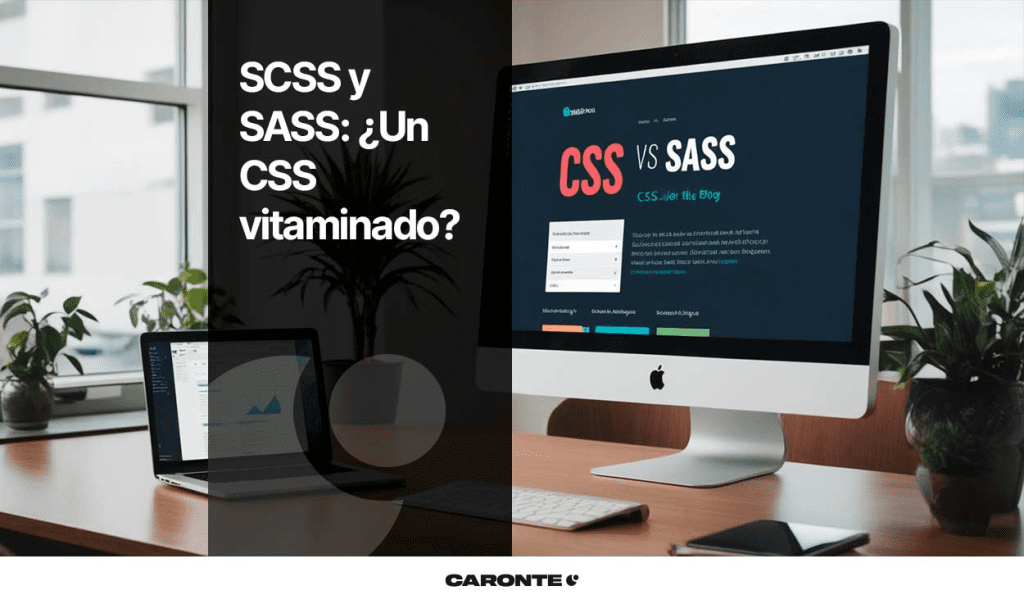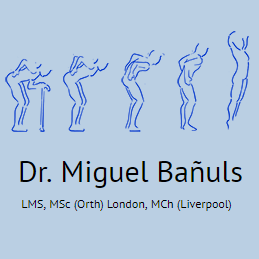Un-Sass is a thought-provoking term that has sparked debate within the web development community, especially among those who have relied on Sass for years. As the industry evolves, many developers are now exploring Sass alternatives that leverage native CSS features like CSS variables and native CSS nesting. These modern CSS tools bring advanced capabilities that simplify front end development, often reducing the need for pre-processors like Sass. In this changing landscape, programmers are finding that they can achieve similar benefits without the complexity introduced by additional tooling. This article explores the viability of un-Sassing while considering the growth of native CSS and how it might reshape your coding practices.
In recent discussions among web developers, a shift has emerged toward reconsidering the traditional reliance on CSS preprocessors. Developer communities are increasingly turning to homegrown solutions like native nesting, custom properties, and other CSS features that streamline styling without added dependencies. This has led to a growing interest in how these native capabilities can serve as effective substitutes for popular tools like Sass. The advanced options provided by modern CSS not only enhance the developer experience but also promote cleaner, more maintainable code. As we delve deeper into the implications of this trend, it’s crucial to evaluate whether transitioning away from Sass is the right move for your projects.

Exploring the Origins of Sass
The journey with Sass began in March 2012, fueled by a curiosity sparked by the likes of Chris Coyier on his podcast, ShopTalk Show. This newly discovered tool presented an exciting challenge while redesigning my personal website. I moved swiftly into action, absorbing the details from an e-book version of the Pragmatic Guide to Sass and navigating the waters of SCSS syntax, which offered a familiar resemblance to plain CSS.
The introduction to Sass was seamless from the very start. Utilizing a graphical interface with Scout enabled a prompt setup that minimized the complexity of command-line navigation. The instant gratification of working within a user-friendly environment pushed me to explore the depths of Sass with enthusiasm, resulting in quick adjustments and live file watching that kept my workflow smooth.
Rethinking the Sass Approach
As my familiarity with Sass grew, so did my resolve to utilize it not just in personal projects but also in professional contexts. The versatility of Sass was appealing; it offered the flexibility to incorporate snippets of functionality without requiring a complete overhaul of existing CSS practices. The balance between writing standard CSS and leveraging the power of Sass became my framework for creativity.
Despite this, I never deeply explored every feature, often sticking to the basics. My reluctance to fully delve into aspects like placeholder selectors and loop functions stemmed from a fundamental preference for simplicity—a design principle I believed was always commendable.
The Dilemma of Native CSS Nesting
Transitioning into 2025, I ventured into personal project development with the intent of using standard CSS devoid of pre-processors. However, an ironic twist presented itself: I found myself instinctively nesting my CSS rules, echoing the practices ingrained in my use of Sass. A realization struck—native CSS nesting bears a striking resemblance to what I had been accustomed to with Sass all those years.
The evolution of native CSS has not only introduced nesting but has rendered it comparable in functionality to that of Sass. While the syntax has undergone revisions, the underlying principles remain. This pondering of un-Sass-ing my approach opened a broader discussion about the relevancy of tools as web standards evolve.
Leveraging Custom Properties
The advent of CSS Custom Properties marked a significant turning point in how developers could manage styles with greater power than mere Sass variables. Their dynamic nature allows for real-time adjustments across different contexts—be it media queries or theme changes—and this capability is undeniably powerful. My introduction to custom properties during client work highlighted their flexibility, which sparked new possibilities, especially when coupling them with JavaScript.
Integrating custom properties into my workflow has fostered a more adaptable approach to CSS design, as I solidified their use in theming and other complex layouts. The amalgamation of utility from both styles increasingly demonstrates the shift towards embracing emerging native features, which in turn encourages broader compatibility and a richer developer experience.
Nesting and Its Limitations
Sass’s nesting functionality once revolutionized my approach to organization within stylesheets, allowing for a clear hierarchy between parent and child selectors. As I navigated the new era of native CSS, I found comfort in the familiar frameworks while recognizing the limitations that came with these updates, such as the inability to concatenate selectors the way I was used to in Sass.
In approaching native CSS nesting, I recommend maintaining compactness in your nested selectors to prevent convoluted structures that may hinder maintenance. Quality trumps quantity when it comes to crafting easy-to-read and -manage CSS—this remains a timeless piece of advice.
The Future of CSS: Moving Forward
The continual evolution of CSS represents an exhilarating frontier for web developers, with features such as the color-mix() function presenting new creative possibilities that echo the advantages previously restricted to pre-processors like Sass. These advancements allow for innovation while keeping the essence of simplicity and functionality intact.
As I reflect on my time with Sass, it’s evident that not all projects warrant an un-Sass-ing process. The landscape of web development requires flexibility and adaptability. Acknowledging the existence of both legacy and modern methods creates a rich environment for collaboration and creativity, allowing developers to choose the best approach for their unique contexts.

Final Thoughts on Un-Sassing
In conclusion, the decision to “un-Sass” one’s CSS largely hinges on the specific context of each project and personal preferences. As explored throughout this discussion, Sass has historically provided invaluable features like nesting and variables, which have greatly aided developers in their CSS practices. However, as native CSS evolves, incorporating many of these functionalities, developers now face the dilemma of whether to continue relying on Sass or embrace the simplicity of native CSS. It’s vital to consider factors such as project size, team familiarity with Sass, and whether the overhead of using Sass aligns with the goals of the project at hand.
To summarize the key takeaways:
– **Adaptability**: The choice to un-Sass may benefit smaller projects with less complex needs, allowing developers to streamline their workflow.
– **Modern Features**: The arrival of native CSS features like custom properties and nesting echoes the functionality originally borne by Sass, prompting a reevaluation of its necessity.
– **Individual Experience**: Each developer’s experience and comfort with tooling must influence their decision; there’s no one-size-fits-all answer.
Ultimately, the evolution of CSS fosters an exciting landscape for developers, encouraging experimentation and adaptation while maintaining the integrity of legacy projects.
The Future of CSS Development
Looking ahead, it’s clear that CSS is on a promising trajectory, continually integrating features that were once the hallmark of pre-processors like Sass. This evolution encourages developers to remain agile, effectively blending legacy practices with emerging methods. As noted, the concept of un-Sassing isn’t about discarding tools but rather about critically evaluating their relevance in our current workflow. By embracing new capabilities offered by native CSS, developers can enhance efficiency while minimizing dependency on complex build processes, thus refining their development experience.
To encapsulate the future movements in CSS development:
– **Embrace Change**: The CSS landscape is rapidly evolving, and staying informed about new features can greatly enhance development practices.
– **Evaluate and Reflect**: Regularly assess your tooling to determine if they continue to serve your projects effectively.
– **Experimentation**: Don’t shy away from integrating new techniques alongside established ones; innovation stems from experimentation.
In conclusion, as we progress in our development careers, the focus should remain on building effective, efficient websites that meet our users’ needs while incorporating modern best practices.















